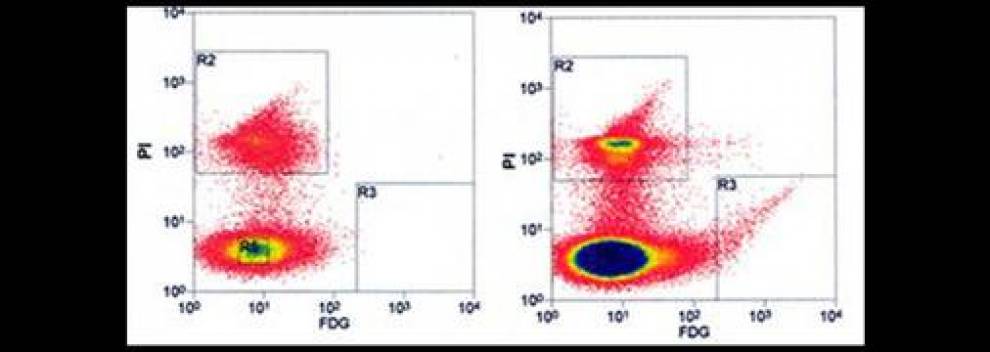
Overview
Risk of heart disease often runs in families, suggesting a genetic influence. These may be single gene defects or many genes which together increase risk of heart disease. To identify precisely the genes involved, a consortium has been established at UCL which enables us to study more than 25,000 healthy individuals followed over many years for the development of heart disease. In the future this may lead to the development of genetic tests that will help identify those at risk of early heart disease so they can be offered lifestyle and therapeutic measures to reduce their risk.
Key research activities
- DiGeorge Syndrome
-
This syndrome is also called 22q11 deletion syndrome in recognition of the fact that the great majority of cases are caused by a missing piece of the human genome from one of the two chromosomes number 22. It occurs in approximately 1 in 4000 live births. 75% of cases will have some cardiovascular defect, notably an interruption of the main artery leaving the heart (the aorta), hole in the heart, or a complex defect called tetralogy of Fallot. In addition, patients may have immune system defects, hormonal problems, feeding problems, cognitive deficits, behavioural issues, and may suffer psychiatric disease in later life. We are working out the function of the gene TBX1, which maps to the deleted region and which is critical for cardiovascular development.
- CHARGE Syndrome
-
This syndrome is named as an acronym for the main features of the condition which are: Coloboma of the eye (a coloboma is a missing piece of tissue), Heart defects, Atresia of the nasal choanae (the back of the nasal passage is blocked), Retardation of growth and/or development, Genital and/or urinary abnormalities, and Ear abnormalities and deafness. Like DiGeorge, CHARGE is caused by having just one instead of the normal two gene copies, this time for a gene called CHD7. CHARGE and DiGeorge have overlap in their clinical presentation. Indeed, we have found rare cases where CHARGE is due to missing TBX1, and DiGeorge is due to missing CHD7. Unsurprisingly, we find the two genes to have similar roles during embryo development. Our current challenge is to work out exactly how these two genes interact during embryogenesis especially with regard to the cardiovascular system.
 Close
Close


